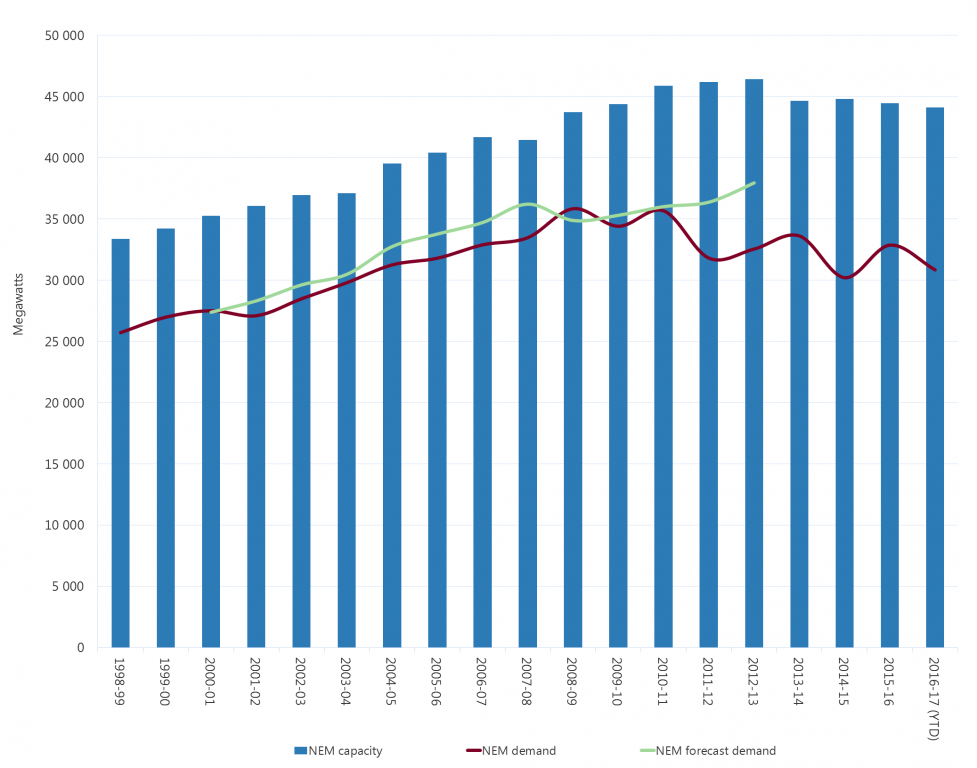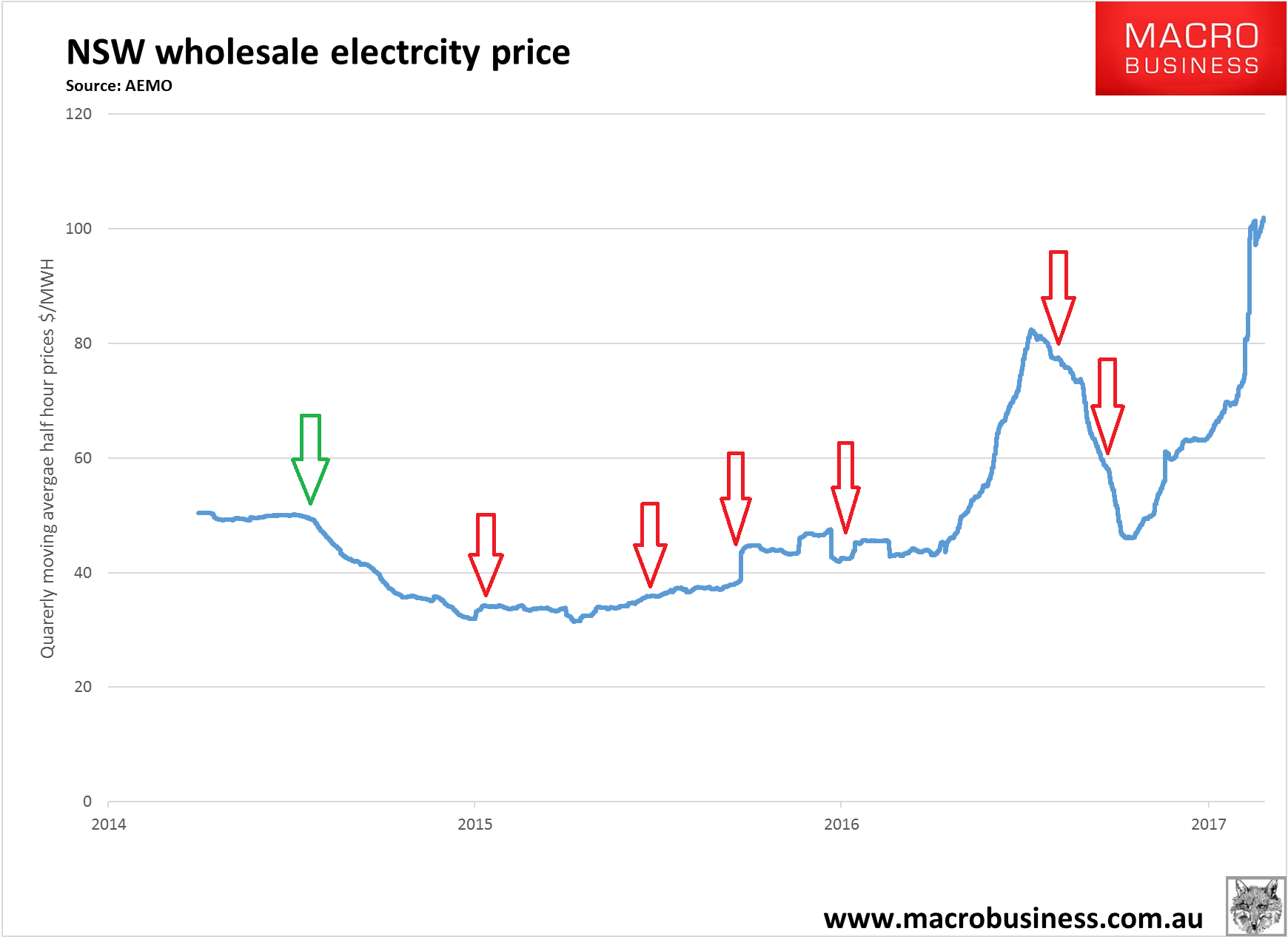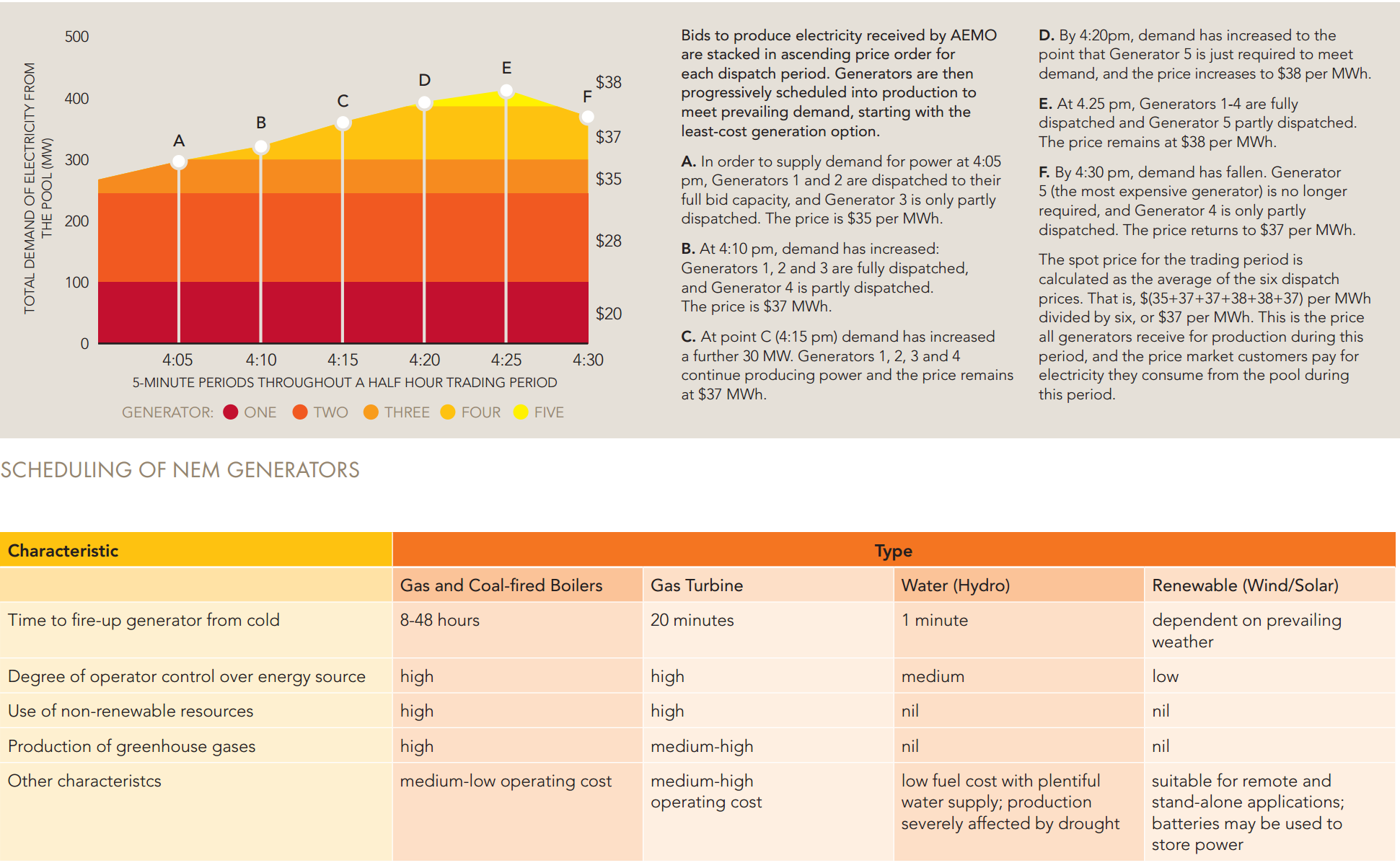Close to the very top of the list of people that you should not ask about how to fix the Australian energy crisis is a person who was pivotal in creating it. Via the AFR comes Catherine Tanna, MD of AGL and formerly same at BGGroup, one of the LNG bubble blowers on Curtis Island:
I’d be very wary of anybody who says there are quick fixes. We’re in for a couple of years of challenging times; we need to prepare ourselves and do the best that we can do. Prices have gone up, and we’re in for a couple of years of managing that.
The moratoriums on gas should be lifted, as I’ve said many times, but that’s no magic silver bullet. That’s not going to produce gas next week. But to bring gas prices down sustainably over the long term, we need more supply. We need to make that business opportunity more investible.
Well, she would say that, right? Her legacy is tied to QCLNG and she is not going to back domestic reservation is she? Moreover, AGL is absolutely creaming the crisis as it sells huge lumps of gas to GLNG for export while mulling extravagant profiteering exercises in imported gas as all of its generator margins go wild.
Yet, here she is again at Domainfax:
The head of one of the country’s largest energy utilities has warned the nation’s energy markets risk fracture amid the mounting “uncertainty and inconsistency” of state-based energy targets.
“We’re already grappling with uncertainty and inconsistency created by state-based renewable energy targets,” said Catherine Tanna, the chief executive of EnergyAustralia.
…Rather than create new regulators to address the energy challenge such as the Australian Competition and Consumer Commission – “we have more than enough already’ Ms Tanna said – “the answer lies in how you use the agencies we already have”.
In particular, the Australian Energy Markets Commission should move from overseeing the sector to take on a role similar to the Reserve Bank in the banking and finance industries where it sets monetary policy, she noted. For its part, the AEMC could guide a carbon market.
Well, that’s not going to happen is it?
No, what we need is plainly obvious if you’re snout is not buried in the trough. We have enormous amounts of gas supply. All we need to do is keep a little of it for ourselves, just 3.6% of exports in fact, and the entire energy crisis will disappear as idled gas power turbines roar back life. Sure, APLNG, AGL and Catherine Tanner will take a hit, but it’s them or everyone else.
There is oodles of spare generator capacity in the National Electricity Market (NEM):

The problem is much of the spare capacity in the system is gas-fired power which is now uneconomic thanks to the great cartel gouge in the gas market. The AEMO has taken the extraordinary step of launching community outreach to explain what’s really going on, against its own boss, the government, from Domainfax:
As the giant Hazelwood coal plant turns off the last of its units, the national electricity grid manager has sought to reassure the public it is taking steps to ensure the lights stay on when demand soars next summer.
In an interview with Fairfax Media, the Australian Energy Market Operator [AEMO] said Hazelwood’s closure would be offset by the availability of three mothballed gas-fired stations – one each in South Australia, Tasmania and Queensland – and large industrial businesses agreeing to time-shift their electricity use in the event of an emergency.
“The risk is no greater than it was this summer when you look at the generation that’s available to us,” AEMO chief operating officer Mike Cleary said.
Mr Cleary said removing Hazelwood’s 1600 megawatt capacity could have left a shortfall of between 200 and 500 megawatts in the event of a worst-case scenario – extreme temperatures, mass use of airconditioners and no wind to drive turbines.
But he said if necessary this would be replaced by about 830 megawatts of gas-fired power that has not been in use.
Here’s the chart (the green arrow is the carbon price abolition, red is Curtis Island LNG startups):

It is gas that sets the marginal cost in the NEM, not coal, owing to where it sits in the wholesale electricity market bid stack. See Australian Energy Market Operator description below:

High cost gas sets the marginal price and when the price of gas is high so is the price electricity. This is made worse by the fact that the economics of peaking gas plants (turbines) are far more sensitive to input price changes than are coal-fired power.
We need cheaper gas and stable carbon pricing policy. Then all of the problems will go away at once and we’ll have time to decarbonise the network with longer term battery and other storage options to stabilise renewables. This was always the national plan, such as it was, that gas would be the transitional fuel as we move steadily from coal power to renewables. The only thing that has gone wrong with it is an east coast gas cartel, engineered in part by Catherine Tanner, has formed around Curtis Island and is gouging the shit out of everyone.
Third party gas exports need to be banned, domestic reservation installed and “use it or lose it” rules applied.

